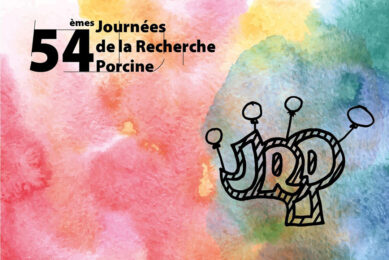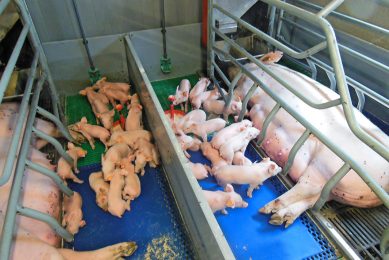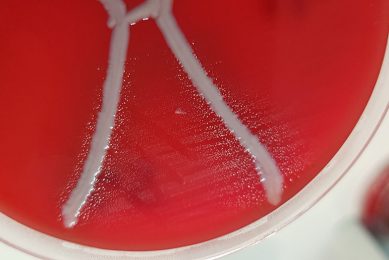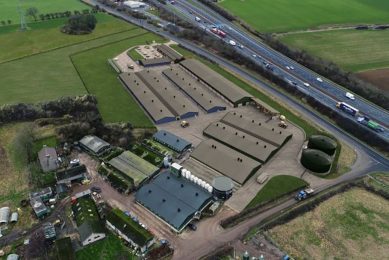Inspecting pigs on the Galápagos Islands
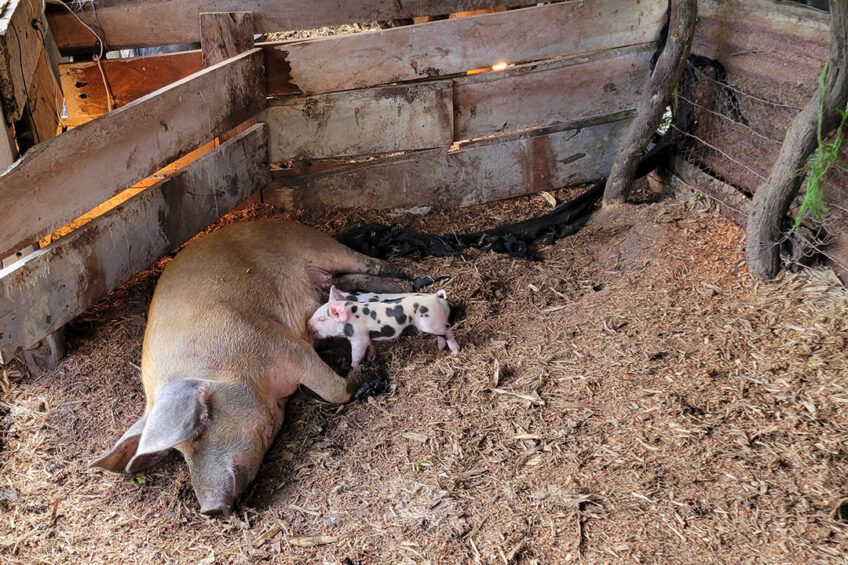
Pig health and welfare expert Dr Monique Pairis-Garcia set out with a team of 8 researchers and students to evaluate current animal welfare conditions on farms located on Floreana Island, part of the Galápagos archipelago.
When the Galápagos Islands come up in conversation, not many people think about pigs. With a wide variety of amazing wildlife animals to encounter, from the blue-footed booby to the Sally Lightfoot crab and the unforgettable close encounters with the Galápagos sea lion, few travellers likely think about domesticated animals inhabiting the island.
Luckily, my passion for pigs led me to a remarkable experience travelling to 2 islands over the summer of 2022. Not only was I able to explore the amazing flora and fauna so unique to the Galápagos, but my passion for pigs and welfare led me on an opportunity of a lifetime visiting producers on Floreana Island.
The Galápagos archipelago
The Galápagos archipelago is located about 1,000 km off mainland Ecuador and consists of 19 islands ranging in size from 3,670 km2 (Isabela Island) to 14 km2 (Genovesa Island). The Galápagos is home to around 30,000 full-time residents and sees a whopping additional 150,000 tourists a year (me being but one).
Food animal agriculture
Food animal agriculture in the Galápagos is relatively small but serves an important role in producing local meat and eggs for island residents and in minimising the need to rely on imports. In 2014, an estimated 932 tonnes of meat was produced and consumed locally on the islands. However, recent estimates suggest that 75% of the agricultural food supply for the islands is imported from mainland Ecuador or other South American countries.
Production agriculture
Production agriculture on the islands is relatively low, partially due to limited access to sustainable technologies and negative historical perspectives on the role agriculture played in island conservation and species biodiversity. From a conservation perspective, agriculture has often been viewed as one of the main threats to the natural flora and fauna of the Galápagos, given historical challenges with invasive species introduction via animal feed and biodiversity loss due to land conversion to crops.
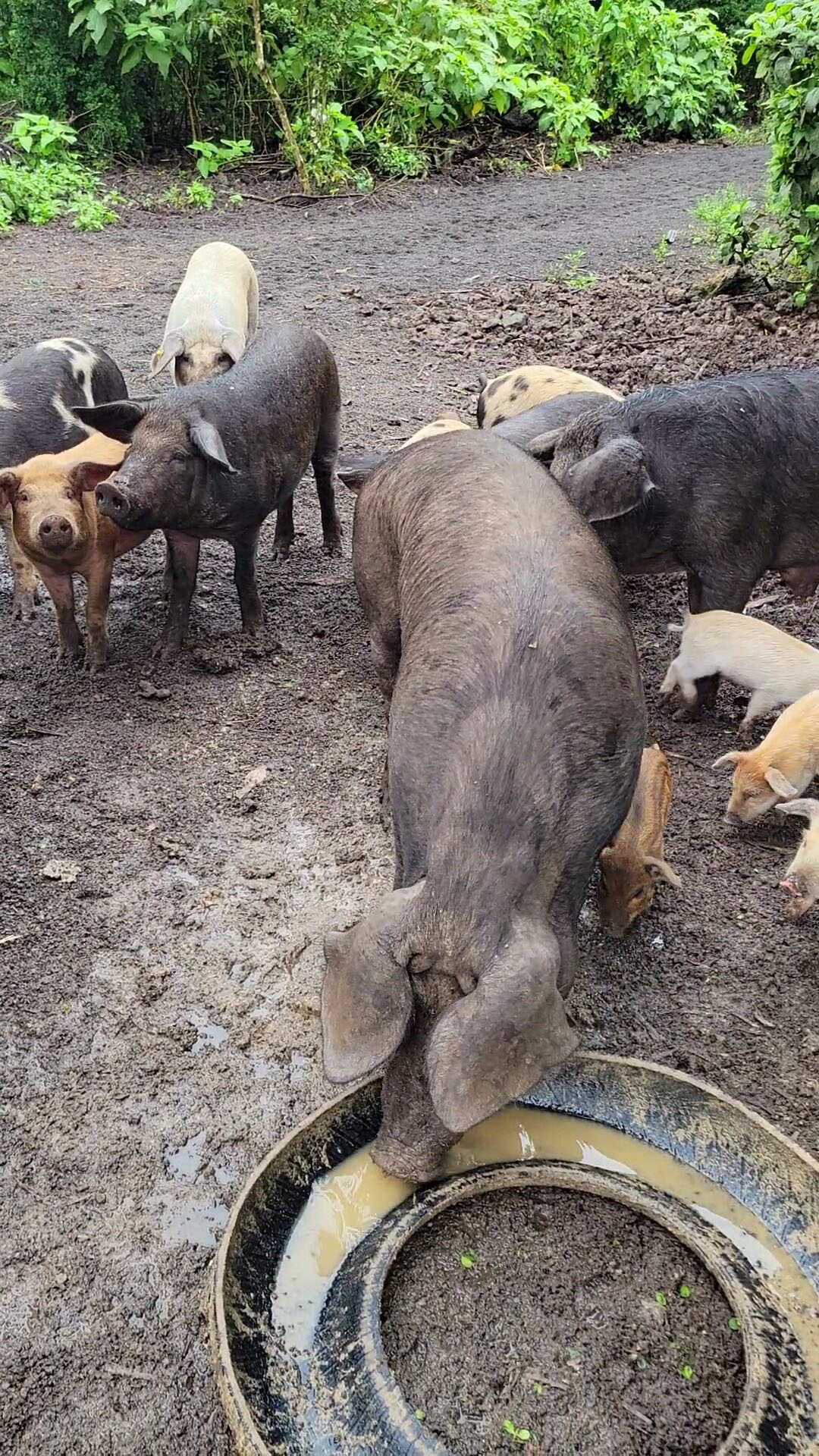
Floreana Island
Fortunately for the wildlife, approximately 96% of land surface of the islands is protected as a national park, leaving very limited but well-established areas for agricultural production. Floreana Island, the 6th largest island, has approximately 1,400 ha of land dedicated to agricultural production with around 14 independent farm systems in place. Although small, farm systems on Floreana are typically mixed-production and include both cropland and animals, including poultry (eggs and meat), pigs and cattle.
Bio-agricultural plan
Much effort has been made in the past 10 years to re-evaluate agricultural production on the islands, and in 2014 the Ministry of Agriculture and Livestock of Ecuador developed a bio-agricultural plan for the Galápagos with the intent of reducing reliance on imported products and boosting local agricultural production.
Research project on Floreana
Within these efforts, research, technological developments and innovation were prioritised as key strategies to improving both the self-sufficiency and sustainability of the islands’ agricultural systems. Floreana was selected for our research project given that only very limited work studying the island has been done to date, and Floreana poses an interesting perspective as it has been selected to undergo an eradication programme to remove invasive predators via the dispersal of poison bait. This raises not only animal welfare issues for the rat, but the welfare of the food animals sharing that same space.
Animal welfare
When addressing sustainability and agriculture, I believe animal welfare must not be forgotten. Animal welfare is typically assessed using assessment tools or standards that objectively evaluate and document current animal welfare conditions and identify areas for future improvement. Globally, assessments are implemented on both commercial and niche market systems to ensure minimal animal welfare standards are being met and provide impetus to producers to continuously improve and advance animal welfare conditions. Recognising the important role food animal producers serve on the island, and future opportunities for system expansion and innovation, it is critical to understand the current status of animal welfare on farms.
Evaluating animal welfare conditions on farms on Floreana
In collaboration with the University of North Carolina at Chapel Hill and the Universidad San Francisco de Quito, I set out with a team of 8 others (researchers and students) to evaluate current animal welfare conditions on farms located on Floreana Island.
Animal welfare was assessed using a mixed methods approach of surveys and live observation evaluating the following five basic animal welfare competencies: food and water access, shelter availability, disease prevention and management, animal behaviour and timely euthanasia. Eight multispecies farms were assessed, representing 75% of total livestock production on Floreana Island. Farms performed well in competencies related to food and water access, shelter availability and animal behaviour, with all farms providing shelter and appropriate diets to maintain proper body condition, and no evidence of abnormal behaviours.
Future work to improve farm animal welfare on Floreana Island will rely on the development and dissemination of training material and resources for producers
Areas of improvement
Notable areas of improvement include proper identification, treatment and management of compromised animals and implementing humane techniques for euthanasia. Currently, most producers treat sick animals based on the recommendations of a veterinarian and follow label instructions. No farms are currently keeping records of animal treatment and withdrawal period. Additionally, most farms lack access to euthanasia tools such as captive bolt guns, electrocution or euthanasia training to identify compromised animals. Future work to improve farm animal welfare on Floreana Island will rely on the development and dissemination of training material and resources for producers, particularly those interested in expanding their systems to include more animals.
I hope to be able to travel again to Floreana and work directly with producers to improve the welfare of all inhabited species, both domestic and wild.



